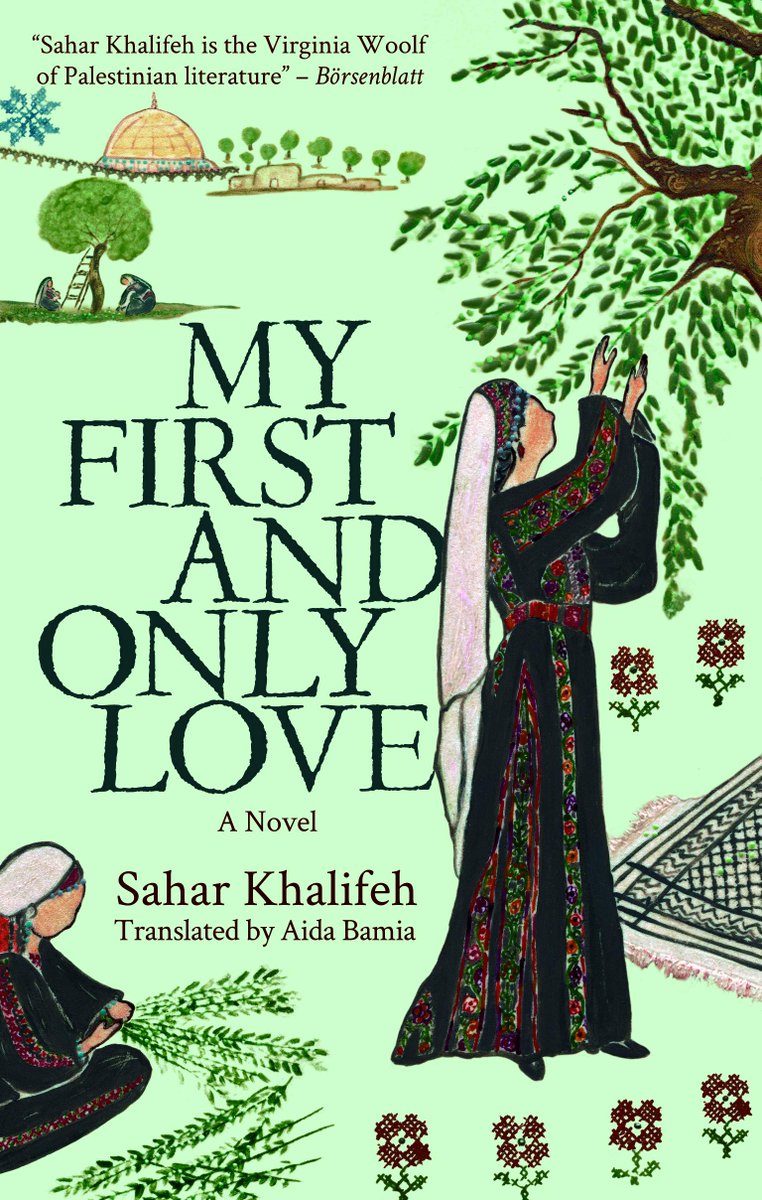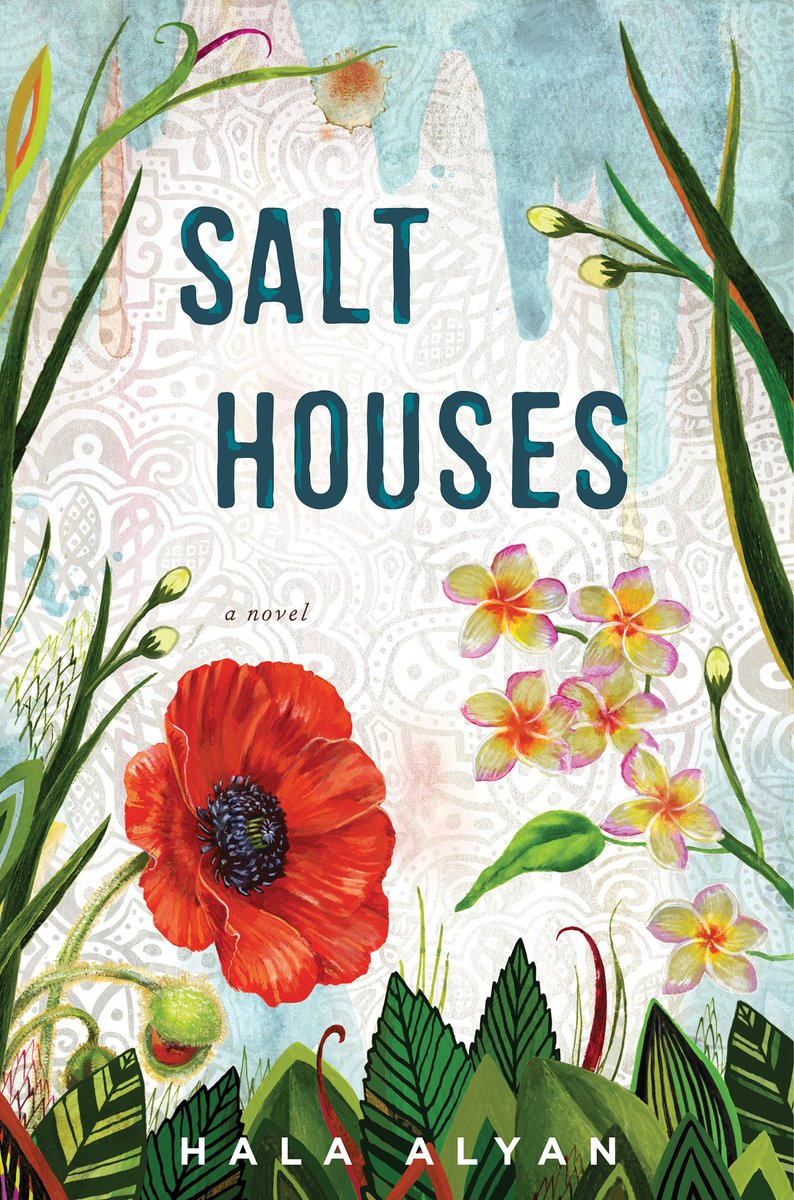According to Serat Katuranggan Kucing, Javanese "manuscript of cats", specific cat types have characteristics that affect those who keep them. The manuscript describes various types of cats in tembang (verses to sing). 1/8
Thread for #SuperstitionSat theme on pets and #caturday

Thread for #SuperstitionSat theme on pets and #caturday


Some cat types have specific names. For example, Satria Wibawa ("Honorable Warrior") is a cat with consistent markings covering its feet, face, and body, preferably with short/bobbed tail. A cat that helps to achieve life goal and makes wishes come true. 2/8 

Two opposite cat types are described as Wulan Krahingan ("daylight moon", black cat with white belly spot) and Wulan Purnama ("full moon", white cat with black belly spot) in different verses. They are believed to bring happiness and luck. 3/8 



Cats with large black/dark spots on its back are called Sangga Buana ("pillar of the world"). This cat type is seen as a sign of prosperity and fortune. This applies to any types of coat and color as long as there are spots on the back. 4/8 

White cat with dark markings or spots on its head is called Bujangga Hamengku, a combination of "wise person/poet" and "protector". An especially auspicious type spiritually, especially if it has short tail or bobbed tail ("buntut bundel"). 5/8 

A cat that tends to be quiet or doesn't have pronounced meow is called Wisnu Atonda, another auspicious type. The name came from Vishnu, the God of Preservation in Hindu religion, and the word "signs". The sign of hidden wisdom, perhaps? 6/8 

There is no specific name for a black cat with white socks, but this cat is depicted as the harbinger of joyful and content life. Bonus point if it has a short tail or bobbed tail. 7/8 

There are also verses that describe auspicious cat behaviors. For example, cats that sleep on their owner's hat, cap, or any clothing items will bring good luck or long-awaited changes. Same with cats that get playful with their owner as soon as they wake up. 8/8 



Text image and verses were taken from the version Serat Katoerangganing Koetjing, 1871 (Javanese year: 1799), published by G. C. T van Dorp & Co., Semarang, Central Java.
(This is not just about source. I just needed a reason to post extra cat picture.)
(This is not just about source. I just needed a reason to post extra cat picture.)

• • •
Missing some Tweet in this thread? You can try to
force a refresh





















